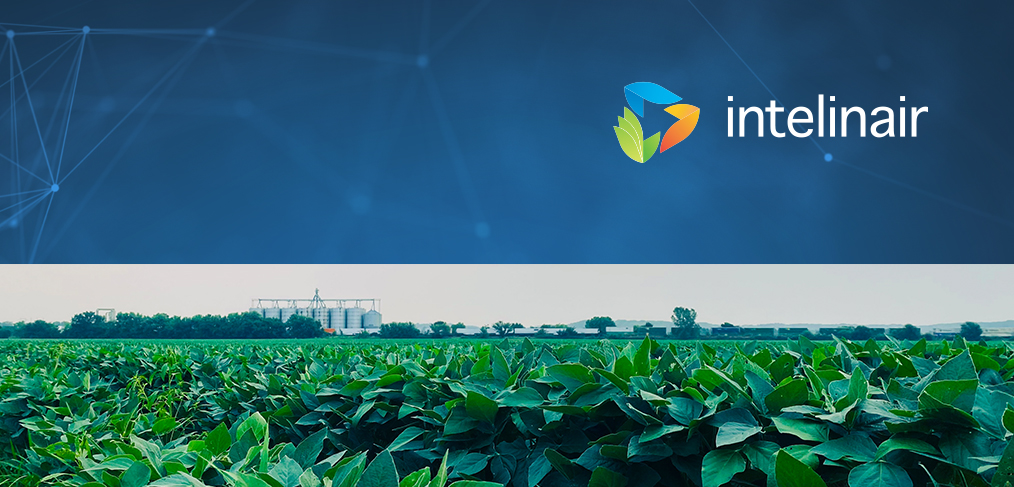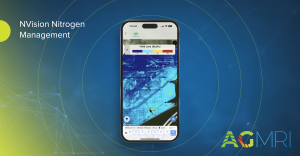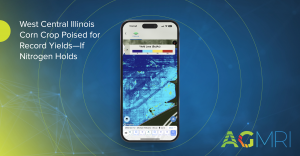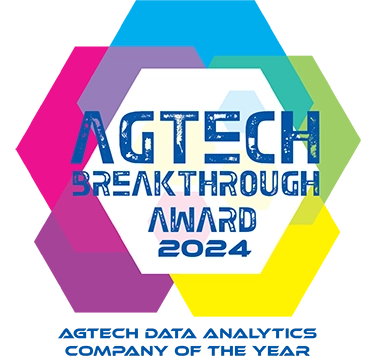AgriTech Tomorrow, an online trade magazine covering agricultural technology and precision farming, recently published an article titled “Will AI Replace Farmers? Yes, and No” (which you can read for yourself here). With automation and the loss of manufacturing jobs a perennial hot topic in political discussion, reading a headline about your own farm and livelihood being threatened by technology is the last thing any farmer would want to see. Thankfully, as the article itself made clear, these potential changes are not as bad as they seem. While some aspects of automation have negatively impacted the farming workforce, the new frontier of agricultural AI may in fact do the opposite.
Unlike automated machines like self-driving tractors, however, AI-driven Crop Intelligence technology like Intelinair’s AGMRI platform strives not to replace the farmer, but to empower them to more effectively do the job they actually signed up for: farming.
Farmers, in trying to work effectively, are often forced to take their attention away from the task of farming itself. Watching weather, scouting for weeds and disease, tracking soil nutrients, and managing moisture are just a few of the myriad tasks farmers are forced to juggle to ensure their operations succeed. Technologies like the AGMRI platform, rather than replacing the farmer, aid them in processing all of these external variables and provide the clearest, most accurate picture regarding the condition of their fields. This empowers the farmer to make the calls and do the actual farming, but with far more information to help them make the best decisions than previously possible. Just a few of the ways we do this include:
- Weed and Disease Detection: Our platform uses a network of analytics and computer vision to detect weeds and disease for you before they begin harming yield potential. This allows you to directly scout and target areas of risk rather than losing time and resources scouting entire fields with only a small problematic area.
- Hyperlocal Weather: AGMRI provides hyperlocal weather tracking, accurate to a few square kilometers. This far outclasses standard weather services, allowing you to spend less time reading reports and more time making plans.
- Emergence Maps: Our AI is capable not only of detecting when emergence occurs, but providing a full map of where it succeeded, struggled, and failed. It gives smart alerts pinpointing exactly where replant opportunities arise, giving you quick and reliable insights into one of the most volatile periods of the farming process.
But don’t just take it from us—head over to AgriTech Tomorrow and see what they have to say about how AI-driven Crop Intelligence will do nothing but improve your operation and get you back to what matters most—farming.
AgriTech Tomorrow: https://www.agritechtomorrow.com/story/2021/10/will-ai-replace-farmers-yes-and-no/13238/
About IntelinAir, Inc.
IntelinAir, Inc., the automated crop intelligence company, leverages AI and machine learning to model crop performance and identify problems enabling commercial growers to make improved decisions. The company’s flagship product, AGMRI® aggregates and analyzes data including high resolution aerial, satellite, and drone imagery, equipment, weather, scouting, and more to deliver actionable Smart Alerts on specific problems in areas of fields as push notifications to farmers’ smartphones. The proactive alerts on operational issues allow farmers to intervene, rescue yield, capture learnings for the next season, and identify conservation opportunities for sustainable farming. Annually IntelinAir analyzes millions of acres of farmland, helping growers make thousands of decisions for improved operations and profitability. For more information, follow IntelinAir on LinkedIn, Facebook, Twitter, and Instagram and visit https://www.intelinair.com/.
®Trademark of IntelinAir, Inc.
#AgMRI #Intelinair #RowTracer #WeedWatch #HeatSeeker #TrendZone #YieldRisK #HelpingFarmersProsper #TransformingGlobalAg















